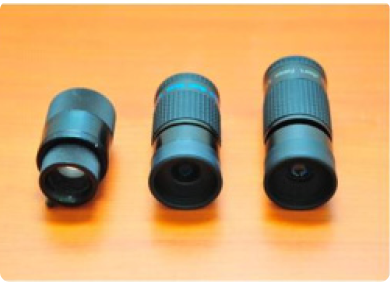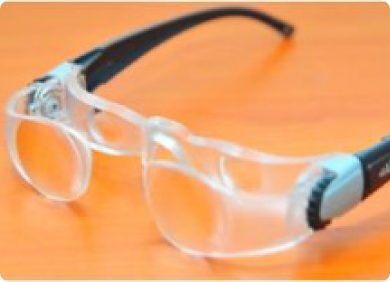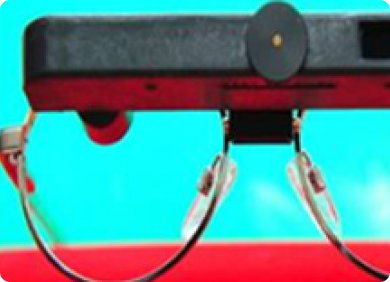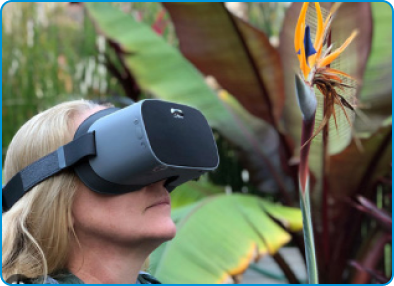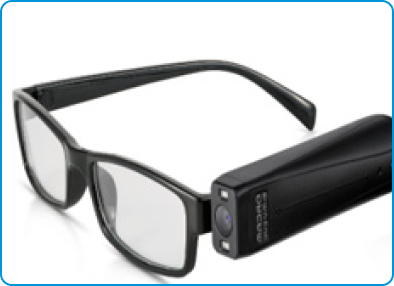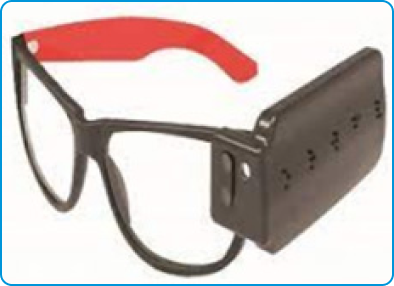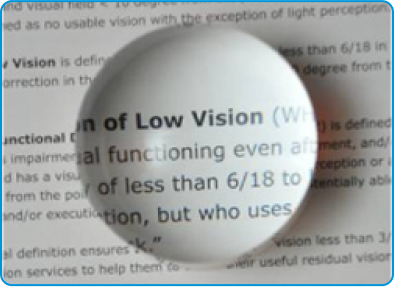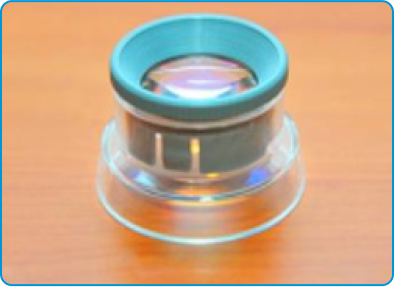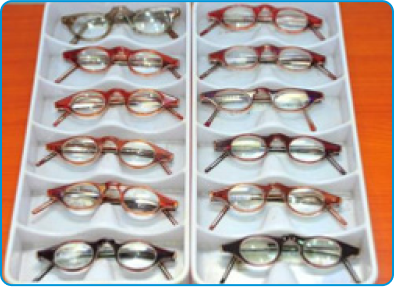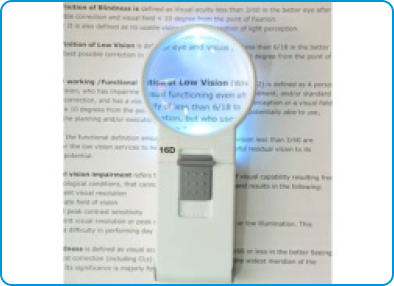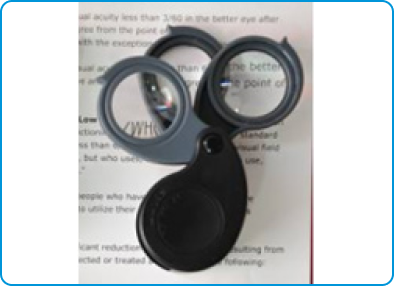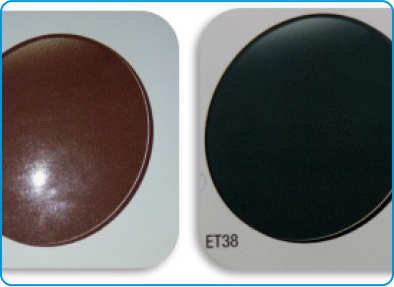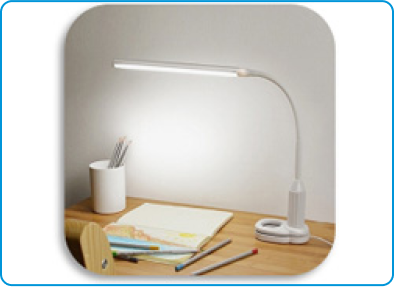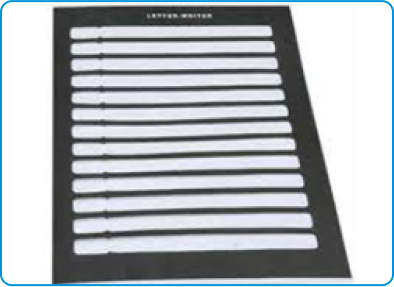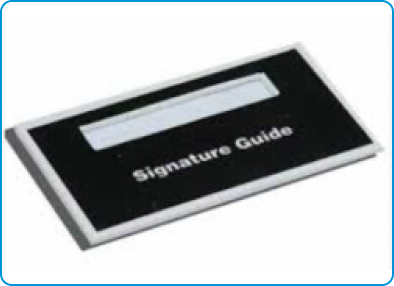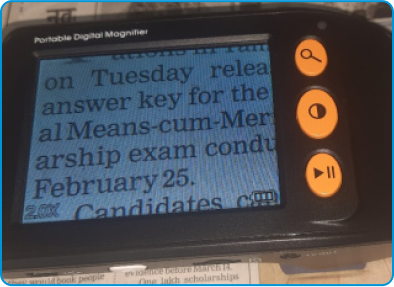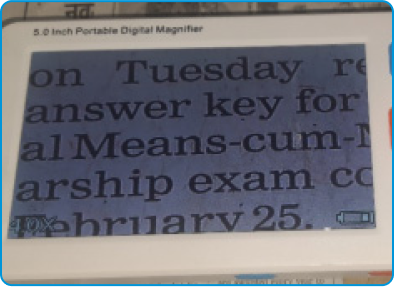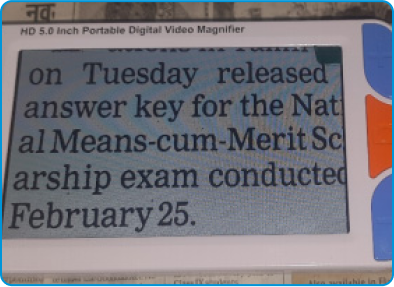What is low vision?
A vision loss that cannot be corrected by ordinary glasses, Contact lenses and standard treatments such as medicine and surgery
A person with low vision suffers to perform his/her day to day activities and its affects their quality of life immediately and also long-term consequences in children and adults –It affects their physical, psychological, educational and economic growth.
When conventional treatment fails to prevent or restore vision, Low vision care service enhance their visual function and quality of life.

A person with low vision is one who has impairment of visual functioning even after treatment and/or standard refractive correction, and has a visual acuity of less than 6/18 to light perception, or a visual field less than 10 degrees from the point of fixation, but who uses, or is potentially able to use vision for the planning and/or execution of a task
World Health Organization , 2001

What causes Low vision?
Eye diseases or conditions can cause visual impairment. Below are some of the more common causes of low vision.
- Retinal Degenerations & Dystrophies
- Glaucoma
- Congenital cataract /Aphakia
- Albinism
- Optic Nerve problem
Common Types of low vision
- Central vision Loss
- Peripheral vision loss (Side vision)
- Over all blurred vision
- Photophobia( Bright light difficulty)
- Reduced contrast vision
